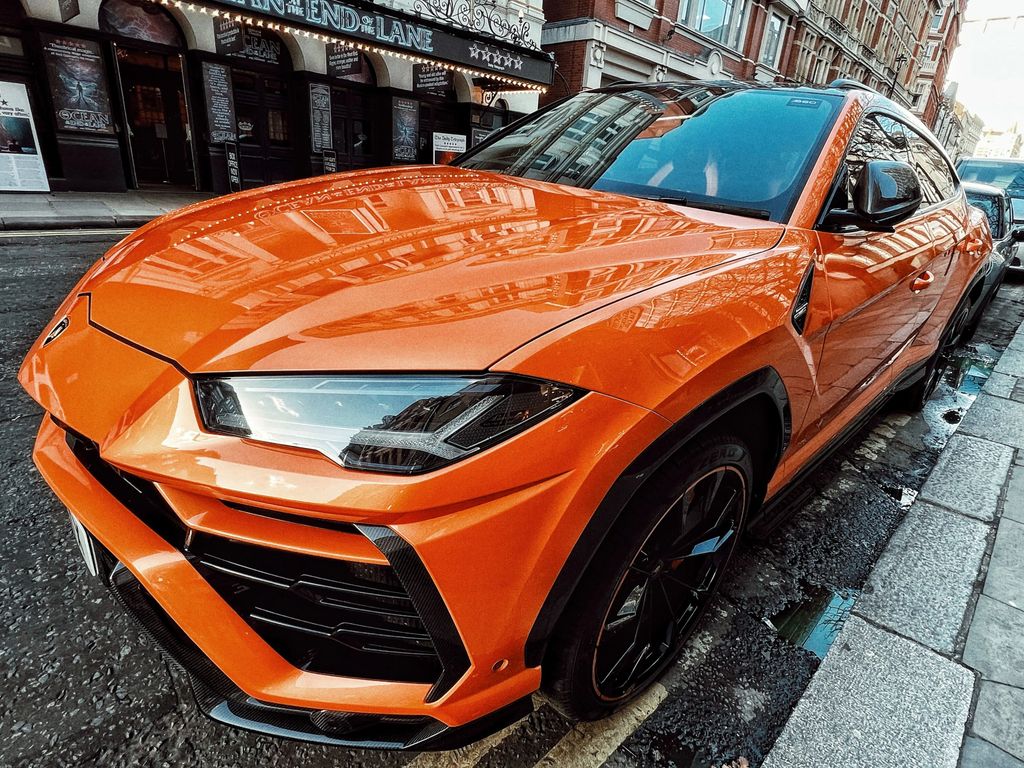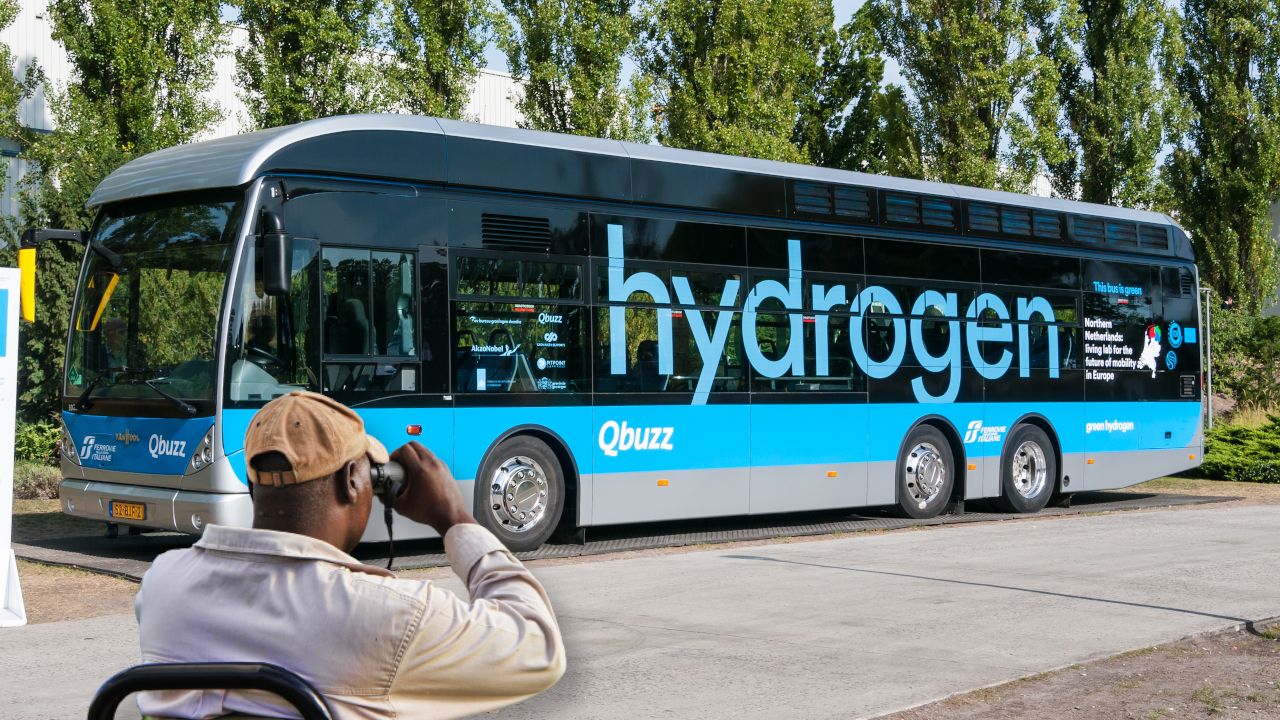
The transition to electric vehicles (EVs) is often presented as a straightforward path to environmental sustainability and significant cost savings. However, for many drivers, particularly those who have opted for plug-in hybrid electric vehicles (PHEVs), the reality can be a complex tapestry of unexpected challenges and unmet expectations. This article will dissect some of the most pressing issues that current and prospective EV owners encounter, focusing on the nuances that often turn the promise of electric driving into a highway of heartbreak. We aim to provide clear, objective, and data-driven insights to help consumers navigate these evolving automotive landscapes.
At the core of many of these challenges is a gap between theoretical benefits and real-world application. While PHEVs are designed to offer the best of both worlds – a gasoline engine for range and an electric motor for emissions-free short trips – a study from the International Council on Clean Transportation (ICCT) has revealed a surprising trend: many owners simply aren’t plugging in their PHEVs as frequently as anticipated. This oversight not only diminishes the environmental advantages but also negates the potential financial savings, prompting a closer look at the practicalities of owning and operating these vehicles.
Our discussion will delve into the various facets of this disconnect, from the specific inefficiencies arising from under-charged PHEVs to the broader public charging dilemmas that frustrate the entire EV community. We’ll explore the intricate dance of shared resources, the technological limitations, and the behavioral patterns that collectively contribute to what can feel like a less-than-ideal EV ownership experience. By shedding light on these critical areas, we hope to empower drivers with the knowledge needed to make informed decisions and maximize the true potential of their electric vehicles.
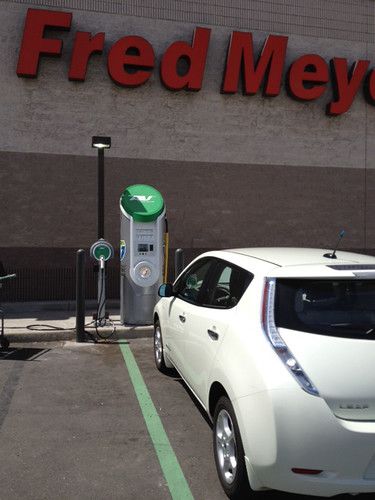
1. **The PHEV Paradox: Unplugged Potential and Hidden Costs**
Plug-in hybrid electric vehicles are ingeniously designed to serve as a bridge, offering drivers the flexibility of an internal combustion engine alongside the zero-emissions capability of an electric motor. The expectation is that owners will leverage the electric capabilities for daily commutes, thereby reducing fuel consumption and their carbon footprint. However, real-world data paints a different picture, suggesting that a significant portion of PHEV owners are not consistently engaging with the ‘plug-in’ aspect of their vehicles.
The ICCT study, utilizing data from Fuelly.com and the California Bureau of Automotive Repair, found that PHEV owners drive 25-65% fewer electric miles than their vehicles allow. Consequently, these drivers consume 42-67% more fuel than EPA estimates, a substantial deviation from the advertised efficiencies. This discrepancy underscores a critical challenge: without consistent charging, the very purpose of a PHEV, which costs more upfront than a conventional gasoline car, is undermined, leading to higher operational expenses rather than savings.
Beyond personal financial implications, the environmental benefits also fall short when PHEVs are not regularly charged. A new European Commission report highlights this, noting that PHEVs produce about 139.4 grams of carbon dioxide for every kilometer driven in real-world conditions, starkly contrasting with manufacturers’ official estimates of 39.6 grams per kilometer. This gap, which is over 200%, significantly dwarfs the typical 20% difference observed between real-world and official emissions for conventional combustion-engine vehicles.
This data suggests that while PHEVs offer the *potential* for substantial emission reductions – a predicted nearly three-quarters reduction relative to conventional vehicles – the actual reduction is often only about 23%. This makes the “plug-in” element not merely an option, but a necessity for realizing both the environmental and economic advantages. Consumers purchasing PHEVs with the expectation of significant climate benefits and gas savings must be realistic about the crucial role their charging habits play in achieving these outcomes.
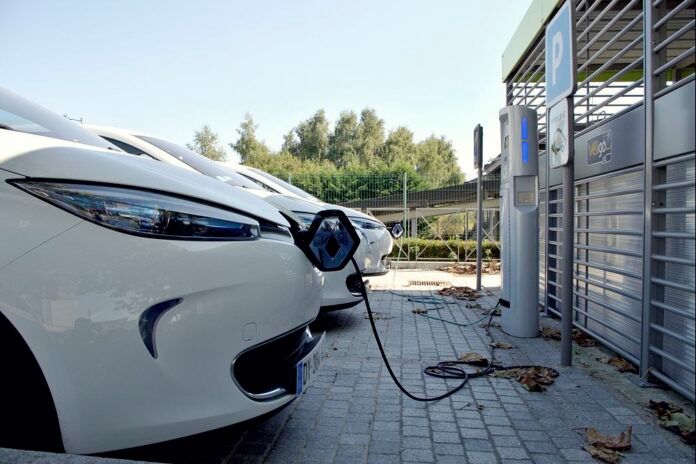
2. **Charging Time Traps: The Frustration of Slow Powering**
One of the most immediate practical barriers preventing PHEV owners from consistently plugging in is the often-lengthy charging times, particularly when relying on standard Level 1 charging equipment. While the concept of charging at home or work is appealing, the reality of how long it takes to replenish a battery can be a significant deterrent for many drivers. This issue transforms the convenience of having an electric option into a chore rather than a benefit.
Consider the case of the best-selling PHEV in the U.S., the Jeep Wrangler 4xe. While it offers impressive off-road capabilities and the versatility of a plug-in hybrid powertrain, it requires approximately 12 hours to achieve a full charge using its included Level 1 charging cable. For many individuals, dedicating half a day to charge a vehicle, especially when they might only achieve 20-30 miles of electric range, can feel like an impractical demand on their daily routines.
This extended charging duration often means that unless an owner commits to overnight charging or has consistent access to faster Level 2 charging, the battery may rarely reach its full capacity. Consequently, drivers may find themselves leaning on the gasoline engine more frequently than intended, even for shorter trips that could have been accomplished electrically. The perceived “trouble” associated with plugging in outweighs the immediate benefit, especially if the convenience of gasoline remains readily available.
As technology advances, there is an optimistic outlook for faster charging times to become more commonplace, even for PHEVs. Improvements in battery chemistry and charging infrastructure will undoubtedly contribute to a more seamless experience, potentially encouraging higher rates of plug-in behavior. Until then, the prolonged wait at the charging port remains a tangible “highway heartbreak” for many, diminishing the appeal of electric driving for those not fully prepared for the commitment.
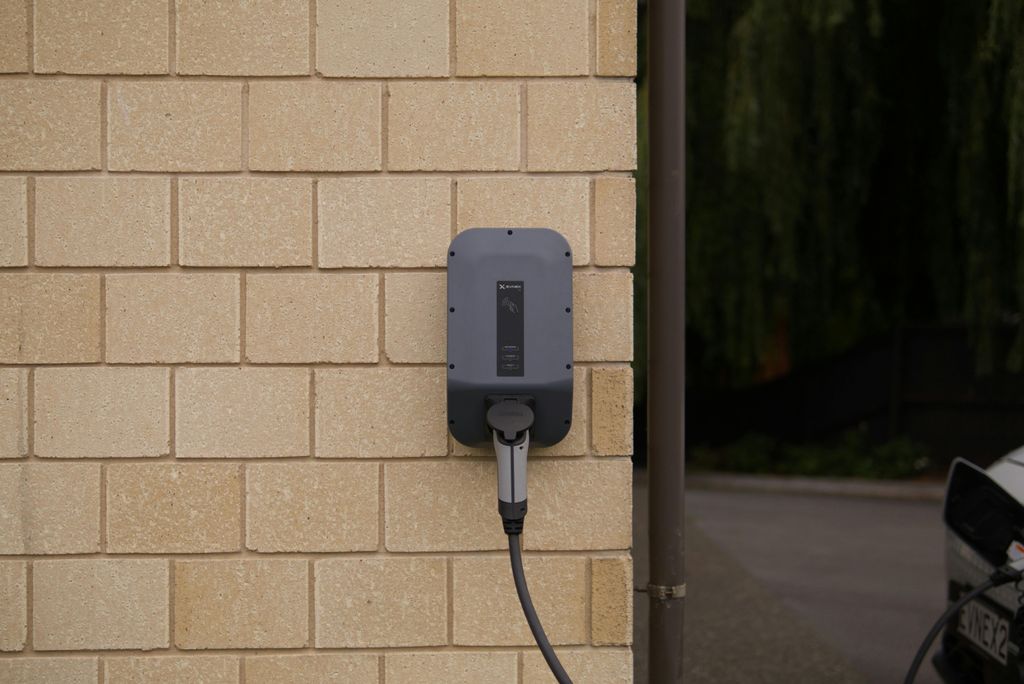
3. **Weighty Consequences: When Uncharged PHEVs Become Less Efficient**
While the flexibility of a PHEV is often touted as its primary advantage, allowing drivers to choose between electric and gasoline power, this flexibility comes with a significant drawback if the electric component is underutilized. The fundamental design of a plug-in hybrid includes a battery pack, an electric motor, and associated charging electronics, all of which add considerable weight to the vehicle. This added mass, when not compensated for by electric-only driving, can ironically make a PHEV less efficient than its pure gasoline or conventional hybrid counterparts.
When a PHEV operates primarily on its internal combustion engine without the battery being regularly charged, it is effectively hauling around non-contributing weight. The extra pounds from the electric powertrain components require more energy to move, translating directly into higher fuel consumption. This scenario means that if drivers neglect to plug in, they are not only failing to capitalize on the vehicle’s electric capabilities but are also incurring an efficiency penalty that can make their vehicle consume more gasoline than a car designed exclusively for gasoline power.
This problem exacerbates the financial and environmental issues discussed earlier. Instead of enjoying the “best of both worlds,” drivers who consistently fail to charge their PHEVs experience the “worst of both worlds.” They face a higher upfront cost for a plug-in hybrid, incur additional expenses for carrying the inactive electric hardware, and end up with higher fuel bills and emissions than a similarly sized conventional vehicle or a well-utilized mild hybrid.
Indeed, this observation is not new. A 2020 report from the environmental lobby group Transport & Environment highlighted that real-world emissions from plug-in hybrids in Europe were significantly higher than official ratings. This consistent finding across various studies underscores the importance of the charging habit. For a PHEV to deliver its promised advantages, consistent plugging in is not just recommended; it is essential to prevent it from becoming an inadvertently inefficient and costlier option.
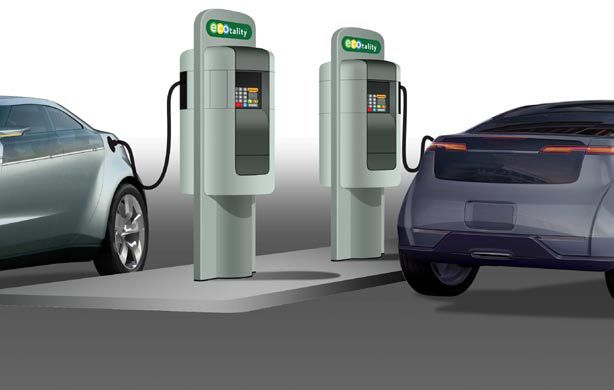
4. **The Unplugging Dilemma: Navigating Public Charger Etiquette**
As electric vehicle adoption grows, particularly with Level 2 charging stations becoming more common in public and workplace settings, a new set of social challenges has emerged around charger usage. The scenario is increasingly familiar: an EV driver arrives at a charging station only to find all ports occupied, sometimes by vehicles that appear to have been charging for an extended period. This situation has given rise to the contentious “unplugging dilemma,” where drivers grapple with whether it’s acceptable to disconnect another vehicle to charge their own.
This issue creates a direct conflict of needs and expectations. On one hand, no driver wants their charging session interrupted, especially if they are relying on that charge to reach their next destination. The anxiety of being stranded or simply inconvenienced can be considerable. On the other hand, drivers arriving with an urgent need for power feel frustrated by cars that have finished charging but remain plugged in, effectively hogging the limited resource.
The intense debate within the EV community regarding this practice is evident in real-world incidents, such as the video captured by a Tesla’s “Sentry” camera showing another driver unplugging the Tesla to charge his BMW. Such actions, while perhaps driven by genuine need, spark heated discussions about the boundaries of acceptable behavior. Is it a sensible act of sharing, or a breach of a shared understanding? The answer often depends on individual circumstances and the level of urgency involved.
For the majority of modern EVs with substantial range, using Level 2 stations around town for a quick top-up isn’t typically essential, as home charging usually suffices. However, in locations like employee parking lots, commuter hubs, and hotels, where charging contention is high and many users have a strong need, the unplugging dilemma becomes a significant source of frustration. Clear, widely accepted etiquette rules are urgently needed to mitigate these conflicts and ensure equitable access to essential charging infrastructure.
Read more about: Unplugging the Bottlenecks: Why America’s EV Charging Infrastructure is Stalling the Electric Revolution

5. **Charger Hogging: The Annoyance of Overstayed Welcomes**
Beyond the debate of unplugging, a related and equally frustrating issue in public charging is “charger hogging.” This occurs when a vehicle remains plugged into a charging station long after its battery is full, or when it significantly exceeds a posted time limit for charging. This practice, whether intentional or not, effectively blocks a valuable resource from other drivers who may be in genuine need of a charge, leading to widespread annoyance and inefficiency within the EV ecosystem.
To combat this, many commercial charging stations have implemented “idle fees” – additional charges incurred if a vehicle remains connected after charging is complete or after a specified duration. While intended to discourage hogging, this solution is often criticized for being overly broad and sometimes counterproductive. Drivers may be forced to prematurely move their cars to avoid these fees, even if no other vehicle is waiting, creating unnecessary inconvenience without necessarily solving a contention problem.
From a community perspective, there’s a general consensus that unplugging a car that has demonstrably finished charging, or one that has exceeded a clearly posted time limit, is far less problematic than interrupting an active session. In fact, many drivers whose cars have completed charging would actually welcome being unplugged to avoid idle fees. Visible indicator lights on many EV models can signal charging status, though the lack of universal standards makes this method unreliable for all situations.
Ultimately, the issue of charger hogging highlights a deficiency in communication and coordination at public charging points. Without transparent information about a car’s charging status or the presence of waiting drivers, the system defaults to a first-come, first-served model that can be easily exploited or inadvertently abused. Addressing this requires more intelligent station designs and improved communication protocols that serve the collective needs of the EV driving community.
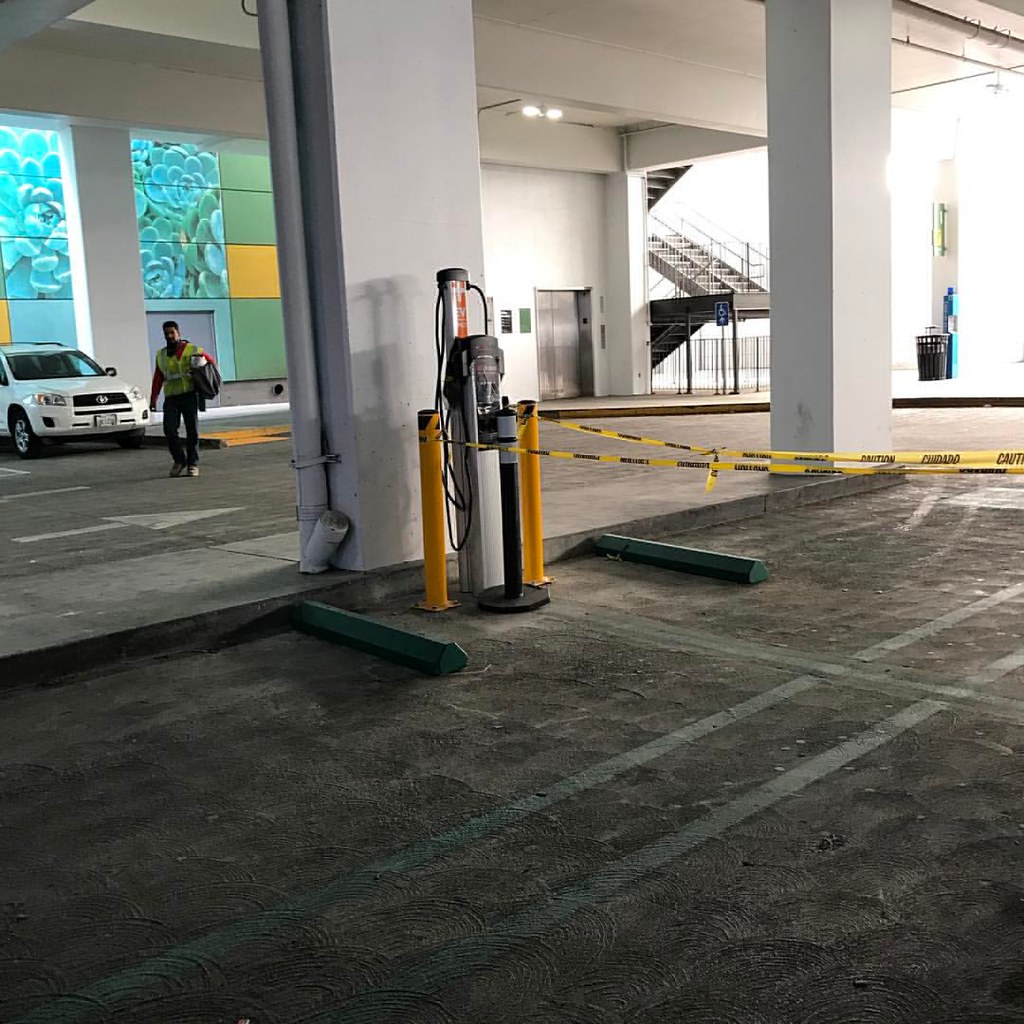
6. **”ICEing” Out EVs: The Persistent Problem of Blocked Charging Spots**
While the previous points focused on the challenges among EV drivers themselves, one of the most universally detested scenarios in the public charging landscape involves non-electric vehicles. The term “ICEing” refers to the act of a gasoline-powered car (Internal Combustion Engine) occupying a parking space specifically designated for electric vehicle charging. This act, whether accidental or deliberate, completely prevents EV drivers from accessing the charging infrastructure they depend on, creating immense frustration and undermining the entire premise of dedicated EV amenities.
“ICEing” is widely regarded as one of the most egregious offenses in the EV community, often ranked alongside or even above charger hogging by electric vehicles themselves. Unlike a PHEV or BEV that might be lingering after a charge, an ICE vehicle has absolutely no functional need for the charging equipment, making its presence in a charging spot entirely without justification. It is a direct impediment to EV adoption and functionality, forcing drivers to seek out alternative, often inconvenient, charging locations.
This issue underscores a broader lack of awareness or disregard for EV infrastructure. In many cases, drivers of gasoline cars may simply view these spots as convenient parking spaces, oblivious to their specialized purpose. However, for an EV driver with a low battery, encountering an ICEd spot can translate into significant delays, range anxiety, or even being unable to complete their journey. It’s a fundamental breakdown of shared public space and respect.
The pervasive nature of “ICEing” highlights the necessity for clearer signage, stronger enforcement, and ongoing public education campaigns. While many cities and private establishments have installed charging stations, the effectiveness of these investments is severely hampered if the spaces are consistently blocked by vehicles that cannot use them. Addressing “ICEing” is not just about convenience; it’s about ensuring the usability and viability of essential infrastructure for the growing number of EV owners.
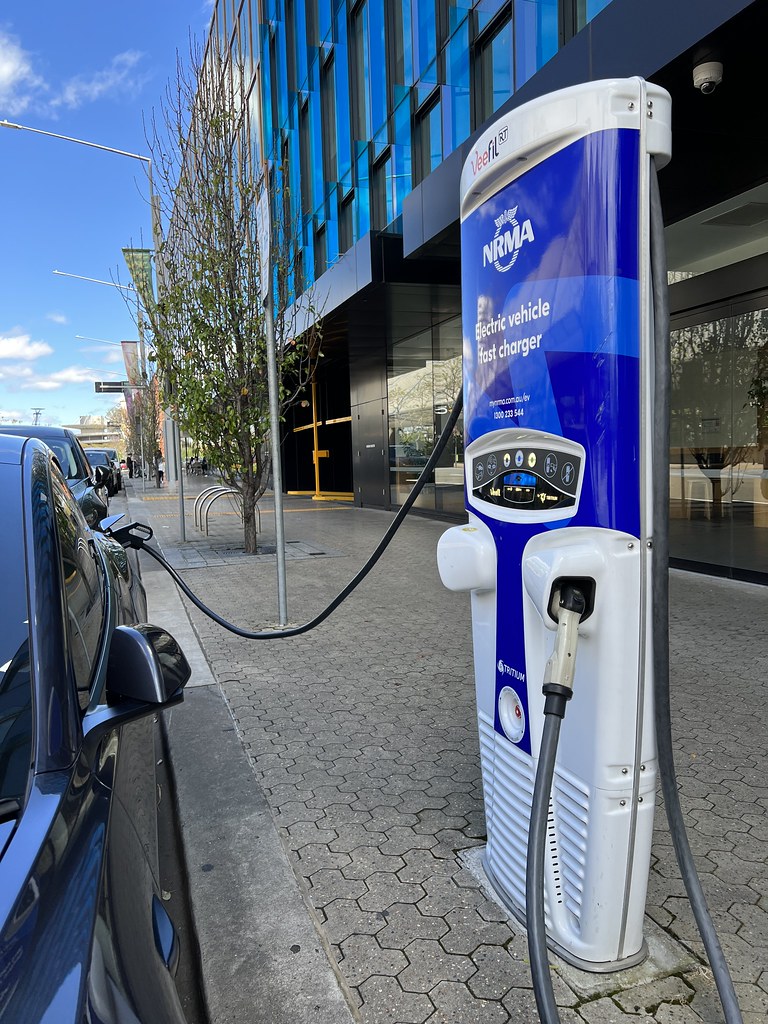
7. **Security Scuffles: Protecting Your Plug at Public Stations**
Beyond the debates over etiquette and access, a practical concern for EV owners using public charging stations revolves around the physical security of the charging connection. The act of plugging in a vehicle often leaves the charging cable vulnerable to accidental disconnection or, in more troubling scenarios, deliberate tampering or theft. The design differences between charging standards play a significant role in this vulnerability, leading to varying levels of security for different types of EVs.
Dedicated Tesla chargers, for instance, are designed with a robust security feature that prevents the charge cable from being unplugged once connected to a Tesla vehicle, even when the battery is full. This locking mechanism is essential not only for preventing the theft of expensive mobile EVSE units but also for ensuring an uninterrupted charging session. A Tesla owner can remotely unlock the charge port through their app, providing them with full control over their charging security.
However, when Teslas utilize the J1772 standard port adapter common at regular non-Tesla stations in North America, this inherent security is often compromised. The J1772 plug typically relies on a mechanical lock that can be disconnected, making it susceptible to unauthorized removal. While aftermarket simple locks can be purchased to secure the adapter, these often come with their own drawbacks, such as preventing disconnection even when the car is fully charged, potentially contributing to charger hogging issues.
Moreover, the vulnerability of the J1772 standard extends to the risk of theft of mobile charging cords, which can range from $200 to $400 in value. This financial risk adds another layer of anxiety for drivers who rely on public charging. In contrast, the European Type 2 charging plug, much like Tesla’s dedicated connector, features a lock mechanism built into the car itself, enhancing security and preventing unplanned physical unplugging, a problem almost exclusively faced by J1772 users in North America. These security scuffles underscore the need for standardized, robust locking mechanisms across all public charging infrastructure.
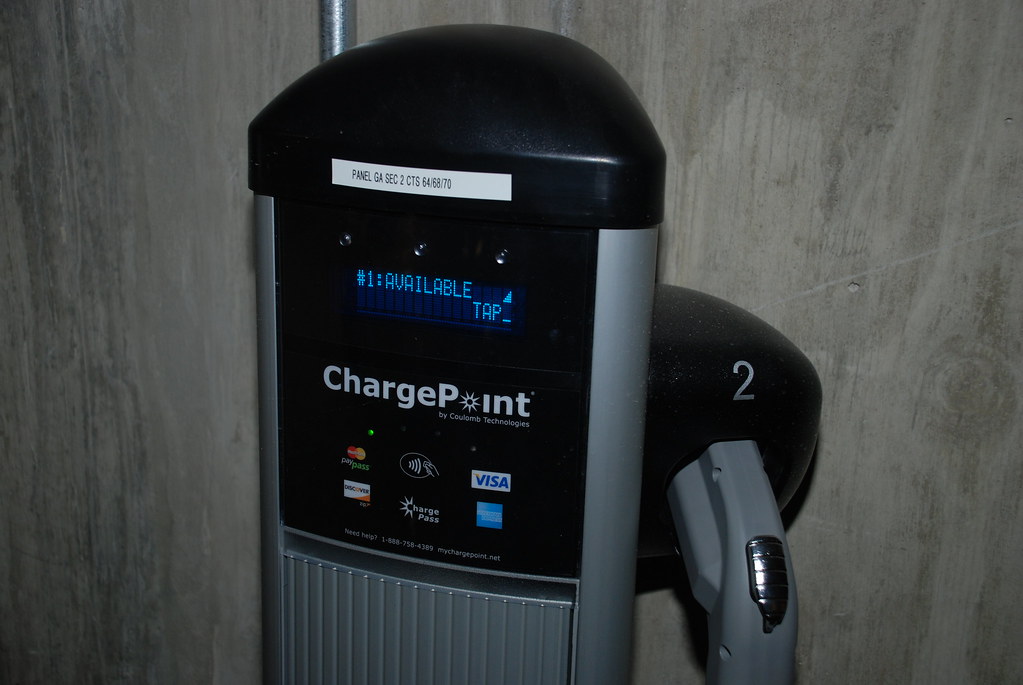
8. **The Ongoing Debate: PHEVs as a Stepping Stone or a Detriment?**
The utility and environmental benefits of plug-in hybrid electric vehicles spark ongoing debate. Proponents see PHEVs as an ideal ‘stepping stone’ to full electrification, offering electric range for daily commutes and a gasoline engine for longer trips, providing flexibility when charging is unavailable.
However, a counter-argument posits that uncharged PHEVs offer little advantage over gasoline cars. As Tom Dillon noted, if an owner ‘never plugged it in,’ a PHEV is ‘essentially an ICE car.’ This highlights a significant gap between intended design and real-world usage patterns.
Yet, many PHEV owners, like ‘Peace Man’ with his Chevrolet Volt, demonstrate these vehicles’ full potential when properly utilized. Reporting his Volt’s usage was ‘around 90% EV,’ he showed how consistent charging makes PHEVs effective replacements for gas cars in daily driving.
This debate influences how PHEVs are reported and incentivized. While tracking PHEV sales offers market insight, clearer distinctions might be needed due to their varied environmental impact. Policies must encourage regular charging for PHEVs to deliver promised benefits, avoiding a costlier, less efficient outcome.
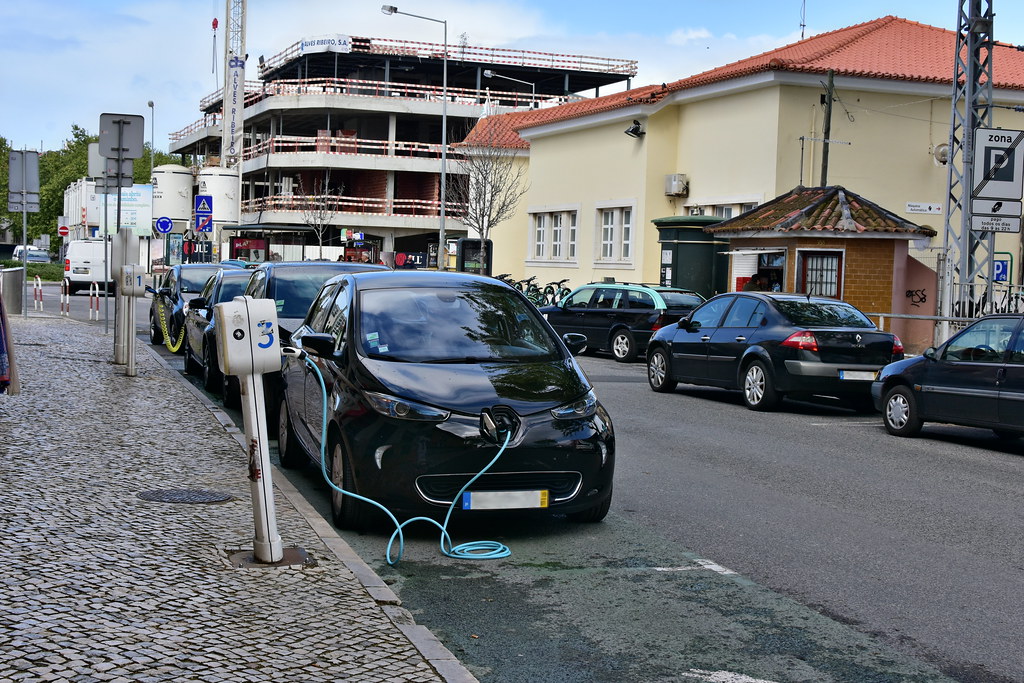
9. **Bridging the Communication Gap: The Quest for Smarter Charging Etiquette**
The rise of electric vehicles demands clear communication and standardized etiquette at public charging stations. Frustrations often arise from charger hogging, unplugging dilemmas, and uncertainty about a car’s charging status. Addressing these needs more sophisticated solutions than informal rules.
Proposed etiquette rules aim to reduce conflicts. While ‘don’t plug in if you don’t need it’ is a guideline, a more practical rule suggests: ‘If you need this charge, say so explicitly, or otherwise it can be presumed it’s OK to unplug you for somebody who truly needs it.’ This empowers drivers to communicate urgency.
Technology can bridge this gap. Simple dashboard clocks indicating permissible unplug times or in-car displays showing ‘OK to disconnect’ would enhance transparency. Charging stations themselves could display this status, providing real-time information to waiting drivers and minimizing disputes.
Mobile applications for charging networks offer the best solution. Apps could allow waiting drivers to signal need, sending messages to those currently charging. Intelligent idle fees, activated only when another driver is waiting, would prevent unnecessary charges. App-based communication, even across brands, fosters cooperation.
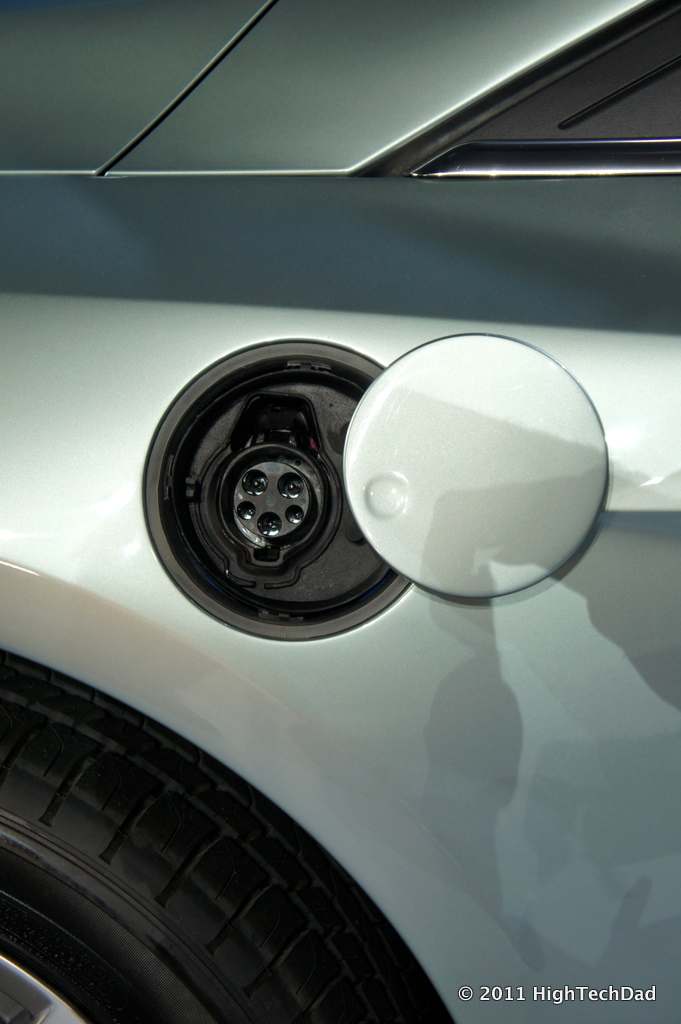
10. **Infrastructure Imperatives: Expanding and Optimizing Charging Networks**
A core challenge in EV adoption is that charging infrastructure often lags behind demand. The simplest fix for contention at public stations is to ‘put in more units.’ In high-demand locations, consistently full commercial stations prove the financial viability of expanding charging capacity.
Unit design is also vital. Multi-plug units, or stations with cords reaching multiple parking spaces, though uncommon, are highly effective. These can share power and are especially beneficial in employee lots, where users often need 1-2 hours of Level 2 charging, enabling efficient sharing without constant repositioning.
For PHEVs with smaller batteries, a greater number of slower Level 1 chargers (120v household plugs) can be ideal. These are low-cost to install and ensure everyone can plug in throughout the day, maximizing electric utilization. This approach caters well to the daily needs of many PHEV owners.
Specific locations require tailored solutions. Hotels, for instance, are a ‘strongest case’ for optimized charging, as guests arrive with low batteries and need a full charge by morning. Tourist locations also demand robust, user-friendly options. Strategic deployment with diverse charging speeds is key.
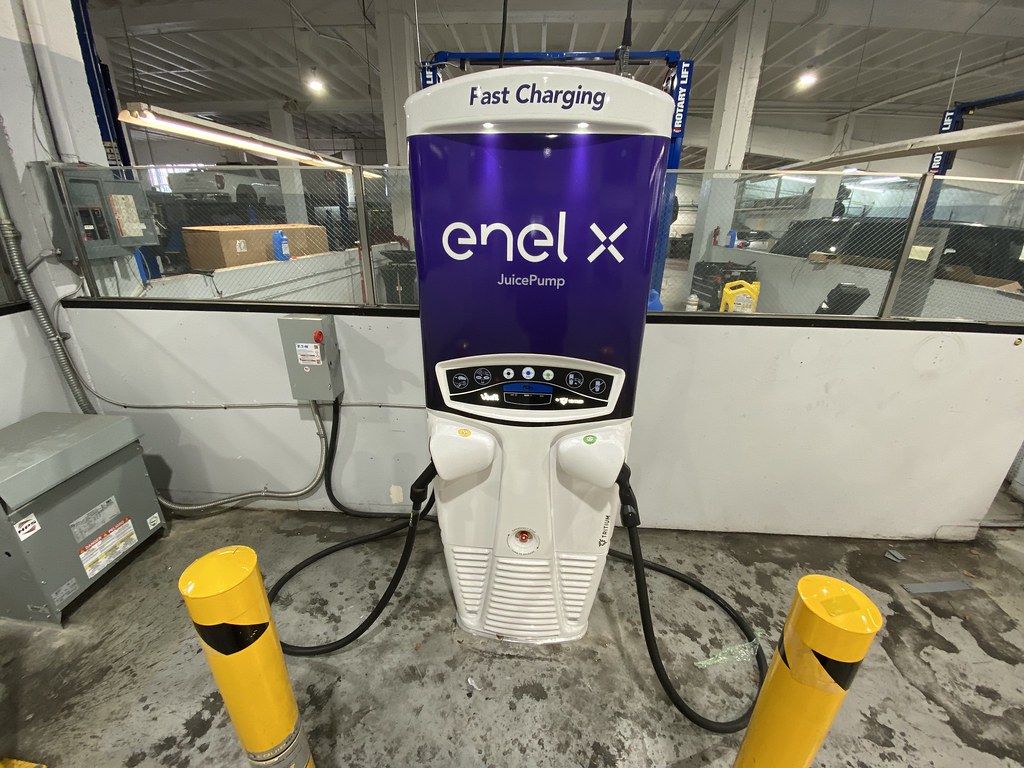
11. **Solving for Contention: Valet Charging and Smart Management**
High-contention charging environments, particularly hotels, demand innovative management. Hotel guests typically expect a full charge overnight without personal intervention, often arriving with depleted EV batteries after long drives. This scenario necessitates proactive, service-oriented charging solutions.
A highly effective solution for hotels with night staff is dedicated valet charging. Guests would specify energy needs, and valets would manage the charging rotation overnight. This ensures optimal charger utilization, moving cars as they finish, reducing guest inconvenience and maximizing limited resources.
Even with multi-space charging units, valet services add significant value. Rather than guests having to move their car or switch a plug at inconvenient hours, a valet can handle these tasks. This enhances the guest experience and ensures equitable access without disrupting sleep.
However, successful implementation of such smart management hinges on intelligent infrastructure. Many existing chargers, especially older or ‘free’ units, lack the necessary ‘smarts’—no screens, no apps, no communication. Upgrading to networked, intelligent stations is essential for real-time control and effective valet services.
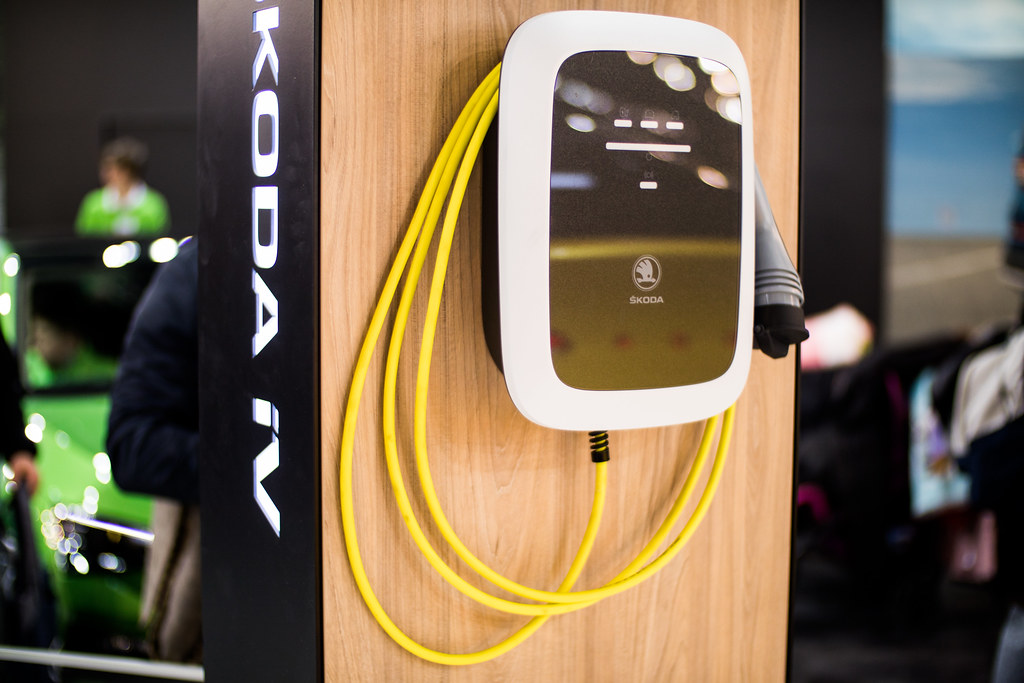
12. **The Unseen Impact: Unmasking Real-World PHEV Emissions**
A critical, often overlooked aspect of PHEVs is the vast discrepancy between official, laboratory-tested emissions and their actual, real-world environmental impact. While manufacturers’ estimates promise substantial carbon dioxide reductions, studies consistently reveal a more sobering reality.
A new European Commission report found real-world PHEV emissions at approximately 139.4 grams of CO2 per kilometer, sharply contrasting with official estimates of 39.6 grams. This over 200% discrepancy significantly exceeds the typical 20% difference for conventional vehicles, indicating a systemic PHEV-specific issue.
This divergence stems from actual driver usage. Official values assume 70-85% electric mode usage, but an ICCT 2022 study showed actual usage was only 45-49% for owners, and a mere 11-15% for company cars. Such underutilization fundamentally undermines expected benefits.
Consequently, predicted environmental benefits—nearly three-quarters reduction—are often only about 23% in reality. This data urges consumers to be ‘realistic about what they face.’ Climate benefits and gas savings are realized only when drivers consistently charge and maximize electric mode usage.

13. **Speeding Ahead: The Evolution and Challenges of Fast Charging**
Fast charging (DC Fast Charging) serves long journeys and quick top-ups. These sessions are inherently short, leading to ‘much less risk of contention’ at fast charging stations. High power output ensures quicker turnover, generally reducing wait times compared to Level 2 chargers.
To discourage prolonged stays, most fast charging networks implement ‘idle fees’ if a vehicle remains connected post-charge. While effective, these fees can be overly broad, sometimes forcing drivers to interrupt activities like dining or shopping to move their car, even if no other vehicles are waiting.
Tesla employs a more refined idle fee system, waiving them ‘if a station is less than half full.’ This integrated approach, coupled with their navigation and ‘preconditioning’ feature (optimizing battery temperature), enables Tesla to anticipate station occupancy and manage resources efficiently.
Other fast charging networks, though expanding, struggle to replicate Tesla’s integrated intelligence. Many non-Tesla DC Fast stations feature longer cords and dual plugs (e.g., CCS and CHAdeMO), potentially serving multiple spaces. However, lack of universal communication across diverse brands hinders dynamic idle fee management.
Read more about: The Road Ahead: Decoding the Future of Car Technology in the Next Five Years
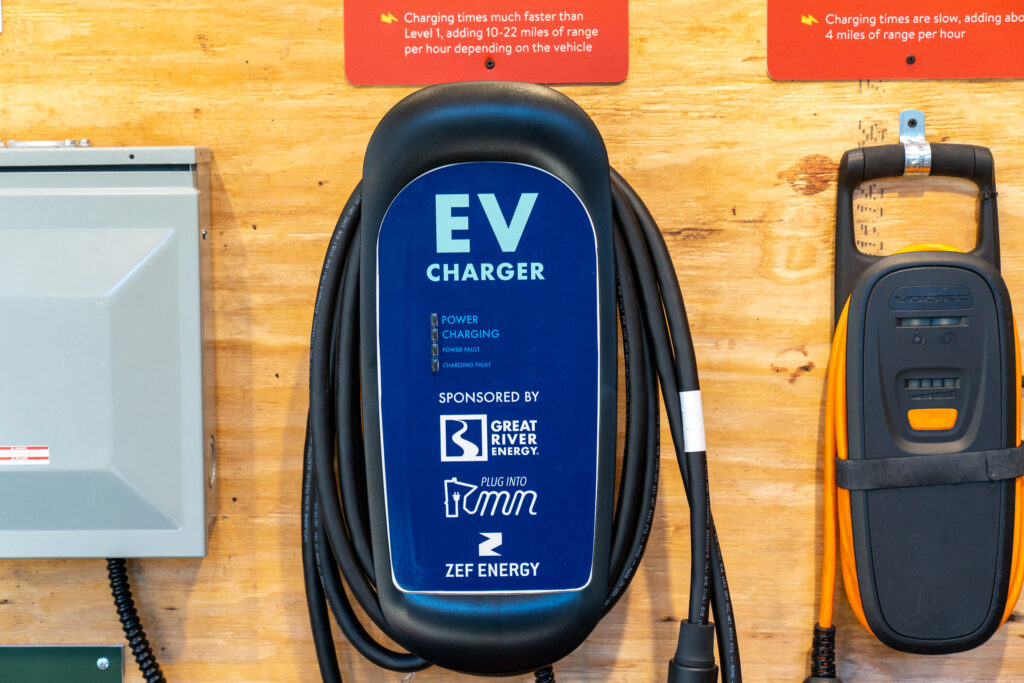
14. **Smart Charging for the Future: Leveraging Technology to Optimize Superchargers**
The future of fast charging will extensively leverage technology for an even more seamless experience. Tesla’s infrastructure exemplifies this, where drivers navigating to a Supercharger provide critical foresight into station fill-up times and individual car arrivals.
This predictive capability enables advanced fast charging management. The system could ‘warn charging drivers when their space will be needed only when it will be needed, with enough time to get there.’ This targeted notification would eliminate unnecessary interruptions, allowing drivers to charge confidently.
While Tesla’s proprietary ecosystem supports unified intelligence, the broader EV market, with diverse manufacturers and networks, faces challenges. Achieving similar smart charging capabilities across all brands requires crucial interoperability and standardized communication protocols, demanding industry-wide collaboration.
Ultimately, a truly frictionless EV experience, free from ‘highway heartbreak,’ depends on continuous innovation in infrastructure, communication, and user-centric design. Whether through advanced apps, intelligent station management, or standardized protocols, the goal is to make plugging in a reliable, equitable, and effortless part of daily EV ownership.
Read more about: Debunking 9 Electric Car Charging Myths That Could Cost You Thousands: Experts Set the Record Straight for Savvy EV Drivers
The journey to widespread electric vehicle adoption is undeniably complex, marked by both progress and frustrating setbacks. As we navigate this evolving landscape, from PHEV utilization to public charging etiquette and smart infrastructure, the path forward is clear: innovation, standardization, and a collective commitment to addressing these ‘highway heartbreaks’ head-on. By embracing smarter technologies and fostering greater communication, we can transform plugging in from a point of frustration into a seamless, equitable, and empowering experience for every EV driver, paving the way for a cleaner, more efficient automotive future.



